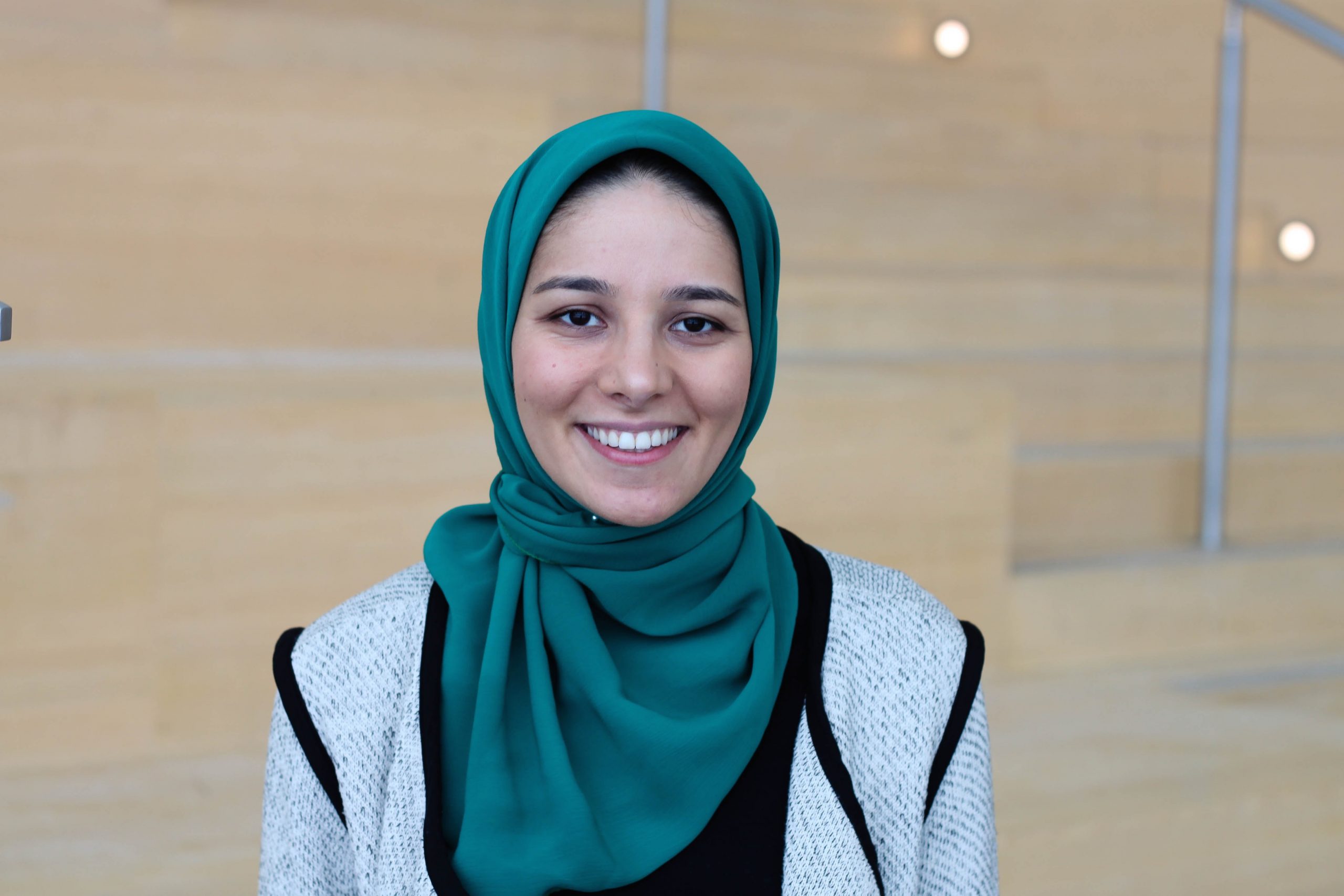
“I am not a person preoccupied by race,” said the groundbreaking journalist Charlayne Hunter-Gault, instantly believable even in the paradox that her place in history is inextricably tied to race.
Exuding warmth and wit and height – even in low-heeled boots – Hunter-Gault asked about 200 listeners at Case Western Reserve University, “What would Dr. King be dreaming now – in the deep South and in the up South?”
When she was Charlayne Hunter, oldest child of a Methodist army chaplain and his wife, the teenager spotted King on the sidewalk in Atlanta outside his father’s church, Ebenezer Baptist. “I saw Dr. King on the street and I went to him and he said, ‘I know who you are. And I am so proud of you and Hamilton Holmes.’”
The minister embraced the willowy 19-year-old, who was withstanding systemic and very personal hatred leveled at her and Holmes as the first two African-Americans enrolled in the University of Georgia. When the duo arrived in January 1961, a mob taunted them and hurled bricks and bottles to punctuate chants of “Kill ‘em.” The angry segregationists wound up smashing windows in Hunter’s dormitory and a panicked administration expelled the black students “for their own safety.” After the courts reinstated them, Holmes graduated to become an orthopedic surgeon and Hunter went on to a celebrated career in journalism at the New Yorker, the New York Times, NPR and CNN.
Wearing a dramatic shawl that matched impeccable lavender nails, Hunter-Gault at age 72 confided that her childhood ambition ignited as she read the Brenda Starr comic strip, sitting alongside her grandmother in Covington, Ga. Both she and Holmes attended Atlanta’s prestigious black high school, Henry McNeal Turner, where young Hamilton was valedictorian and young Charlayne graduated third in their class.
As her Cleveland listeners warmed to her remarks, Hunter-Gault beamed: “We can do some church here.” Textbooks, she remembered, were missing pages and outdated, passed along from the white schools. Her Atlanta teachers “couldn’t give us a first-class education, but they labored to give us a first-class sense of ourselves.”
When she and Holmes did reach the University of Georgia under historic court order, they were met with a daily barrage of the N-word. Hunter-Gault remembered looking around, unable to believe the hatred was meant for her, a queen in her own mind: “I was wrapped in the armor of the black family. My grandfather was a preacher but my grandmother was a saint.” Under these trying circumstances, Hunter-Gault said, it was easy for her to pray.
And when King praised her on that sidewalk: “My own tears began to flow. He gave me another layer of armor.”
“We have come as far as we’ve come by faith, and our timeless, transcendent values,” she said. “And I mean more than ‘having them;’ I mean ‘living them,’ and refusing to allow a gap between the promise of our ideals and the reality of our times.”
Noting that she had been called to the Cleveland campus to reflect on King and the holiday, Hunter-Gault brought her audience to its feet to sing, ‘Ain’t Nobody Gonna Turn Me Around.”
She looked out past the lectern and made eye-contact around the room: “As a citizen, as a journalist, as a child of the Civil Rights movement, let me exhort you not to leave it alone until next year.”



